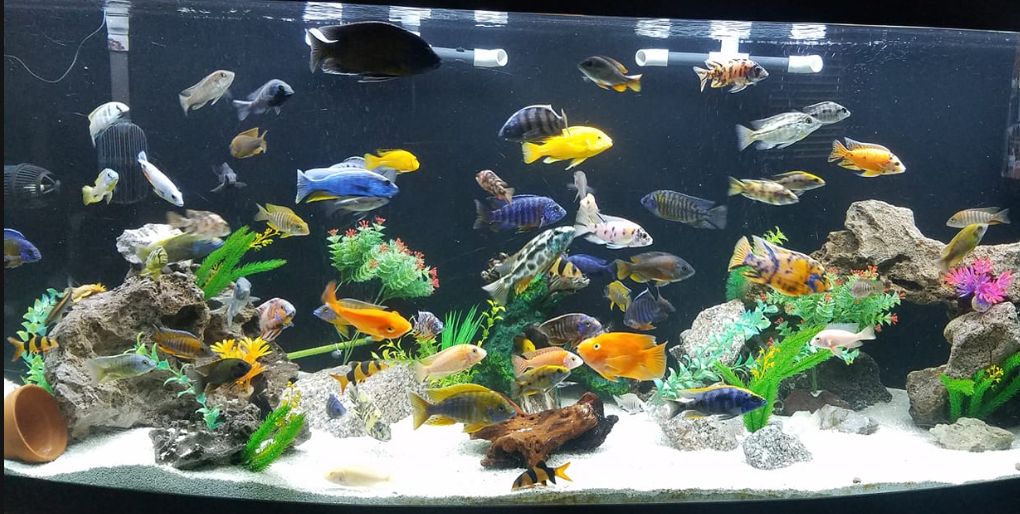
There are a huge number of beginner hobbyists that have Googled aquarium cycling and come up with ammonia as being the perfect feed for fishless (no fish in the tank) cycling. This is largely because of the determined efforts of one supplier (Dr. Tim) of very overpriced solutions of ammonium chloride.
Most experienced hobbyists, including the author, don’t do cycling with ONLY ammonia as the feed. For whatever reason, cycling with only ammonia seems to take longer and has more variability than cycling with food. This appears to be because beneficial bacteria need many things to metabolize and multiply. In addition to ammonia, they need phosphates, sulfates, iron, carbon dioxide, etc. Pure ammonia doesn’t supply these nutrients, fish food does supply them.
Also, all fish food will have some beneficial bacteria in it. So it adds a tiny amount of “seed” material (inoculate). Ammonia has no “seed” material at all in it. The YouTube video maker “Girls Talk Fish” (great channel!) tried to do a cycle with Dr. Tim’s ammonia solution. She took the level of ammonia up to 4 pm and then added more ammonia when the level dropped to 0.5 ppm. After nine weeks (yeah, 63 days) the ammonia added was still there after 24 hours. The tank wasn’t cycled even after 63 days. So she stopped the test. This is not unusual.
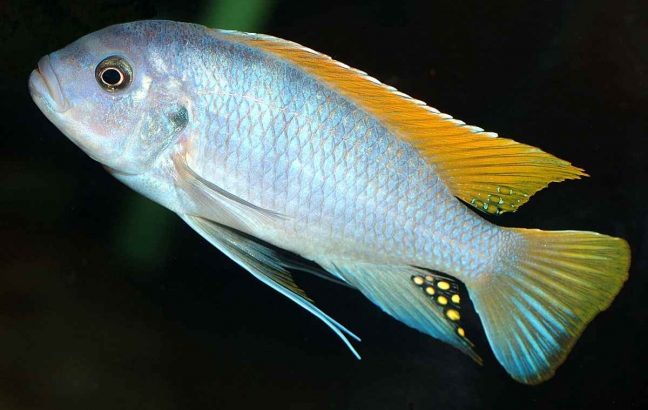
The other ignored factor is that there are two distinct types of “beneficial bacteria”. The first is the autotrophic bacteria that convert ammonia to nitrate. These are what are normally thought of as the only beneficial bacteria.
But there is a second type of beneficial bacteria. These are the heterotrophic bacteria that decompose waste in the filter rather than in the water column. These bacteria are essential to the health of the fish because they outcompete the “bad” heterotrophic bacteria in the water column. These are the bacteria that prevent cloudy water from forming. Cycling with ammonia does not create these bacteria. This is a problem for ammonia cycling methods.
But many hobbyists like ammonia because it is “clean”. So we’ll discuss it here. There are several methods for cycling with ammonia:
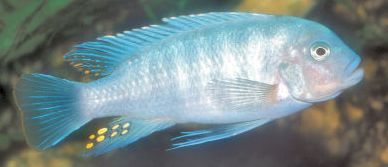
Method One: Household Ammonia
This is the initial way one cycled with ammonia “way back when”.
Buy some household ammonia. Look at the ingredients to make sure it is pure ammonia. Many bottles of ammonia have soaps in them that will kill fish. To test a bottle of ammonia cleaning solution take a water bottle and fill it halfway with water. Then add one teaspoon of the cleaning ammonia. Shake the bottle. If bubbles are created that last for more than one second, the ammonia has soap in it and can’t be used. Ace Hardware has a brand of ammonia that has no soap.
After the aquarium is set up and filled with water add a quarter teaspoon of a phosphate powder (potassium phosphate, sodium phosphate, or any one of several calcium phosphates, or a high phosphate “bloom” fertilizer like Scott’s Super Bloom 12-55-6, Flower Fuel 1-34-32 or Miracle-Gro Bloom Booster 15-30-15) per twenty-five gallons of water. This is necessary when cycling with ammonia.
Then add one drop of ammonia liquid per gallon (very roughly about 0.7 ppm ammonia) into the water every single day. Do no water changes. There are 100 drops of ammonia per teaspoon so a teaspoon of ammonia solution will treat 100 gallons of water. There is twenty drops per milliliter so one milliliter will treat twenty gallons.
Note that this is for a 5% solution of ammonia and household ammonia goes from 5% to 10% typically. If the cleaning solution says it has 10% ammonia only use one drop of solution per two gallons.
math One part per million in a gallon is 0.0036 grams, One drop is 0.05 grams, 5% of 0.5 is 0.0025 grams. 0.0025/0.0036 = 0.69 ppm
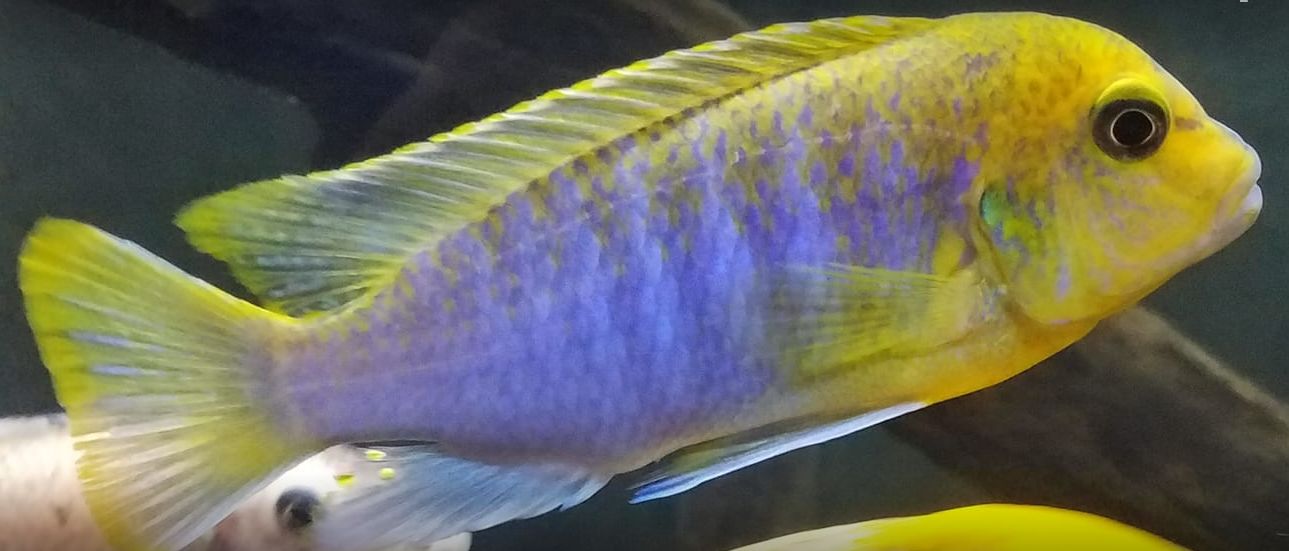
Method Two: Ammonium Chloride Salt
Buy some ammonium chloride (or any ammonium salt such as ammonium sulfate, ammonium phosphate, ammonium nitrate, ammonium bicarbonate, or ammonium carbonate) crystals over the internet. These chemicals are used for baking so are easily obtained from Amazon.
After the aquarium is set up and filled with water add a quarter teaspoon of a phosphate powder (potassium phosphate, sodium phosphate, or any one of several calcium phosphates, or a high phosphate “bloom” fertilizer like Scott’s Super Bloom 12-55-6, Flower Fuel 1-34-32 or Miracle-Gro Bloom Booster 15-30-15) per twenty-five gallons of water.
A 25-gallon tank will need 0.25 gram or very roughly on quarter of a gram (0.9 ppm) per day of ammonium salt crystals (the amount will be the same for all ammonium salts), every day, not a lot of crystals. It is an amount that is about the size of a uncooked rice grain. Do no water changes.
One gram is about one-fifth of a level teaspoon. So we’re talking 1/10th teaspoon of ammonium crystals for a 50-gallon aquarium per day to get 0.9 ppm per day.
Math 0.36 grams per 100 gallons is one part per million. Ammonium chloride is one third ammonia. (1 grams x 0.33)/0.36 = 0.91
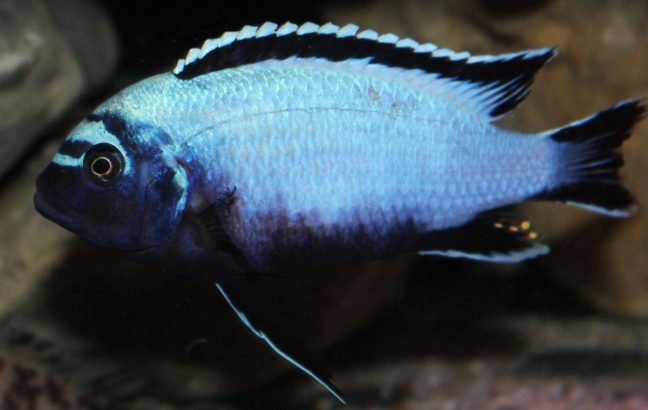
Method Three: Ammonium Chloride Solution
Buy some ammonium chloride (or any ammonium salt such as ammonium sulfate, ammonium phosphate, ammonium nitrate, ammonium bicarbonate, or ammonium carbonate) crystals over the internet. These chemicals are used for baking so are easily obtained from Amazon.
Measure out roughly 83 grams of ammonium salt (any salt) and put it in an eight-ounce or 250-milliliter bottle (332 grams or very roughly two thirds of a pound in one quart or one liter of water). Fill the bottle with water. Shake till the ammonium salt dissolves. This is very roughly an ten percent solution of ammonia.
After the aquarium is set up and filled with water add a quarter teaspoon of a phosphate powder (potassium phosphate, sodium phosphate, or any one of several calcium phosphates, or a high phosphate “bloom” fertilizer like Scott’s Super Bloom 12-55-6, Flower Fuel 1-34-32 or Miracle-Gro Bloom Booster 15-30-15).) per twenty-five gallons of water. This is necessary when cycling with ammonia. This fact was confirmed by testing:
2.13. Test of Cycling Methods
Then add one drop of ammonium salt solution per two gallons (very roughly about 0.7 ppm) into the water daily. Do no water changes. Keep adding the solution every single day until the aquarium is cycled. There are 100 drops of solution per teaspoon so a teaspoon of solution will treat 100 gallons of water.
Math 330 grams per 1000 grams of 33% ammonium salt equals 10% solution of ammonia.
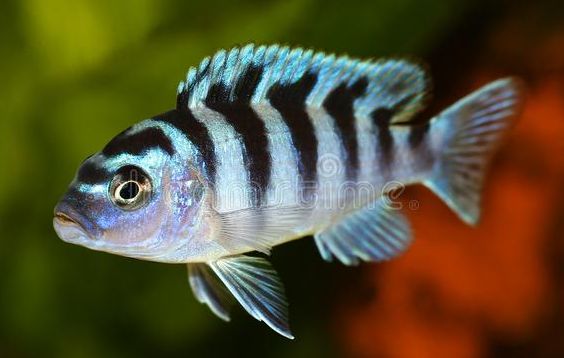
Method Four: Dr. Tim’s Solution
Simply buy a bottle of Dr. Tim’s ammonium chloride solution over the internet and follow the directions on the bottle. They are:
“Add 4 drops of solution per gallon to achieve an ammonia-nitrogen (NH3-N) concentration of 2 pp. Do not exceed 5 ppm in the aquarium”
In Dr. Tim’s videos, he clarifies these directions with the point NOT to add ammonia every day, but rather to test the water and only add ammonia when the concentration drops below 0.5 ppm. This will typically be about every five days initially, then it will drop to every day. Then when it drops to zero after 24 hours Dr. Tim says one’s aquarium is cycled.
Note we do not agree with the directions. We did testing which showed it was faster and better to add four drops of Dr. Tim’s ammonia per gallon every single day. To see the test and an in-depth analysis of Dr. Tim’s methodology, go to this link:
2.4.1. Dr. Tim’s Cycling Method
.
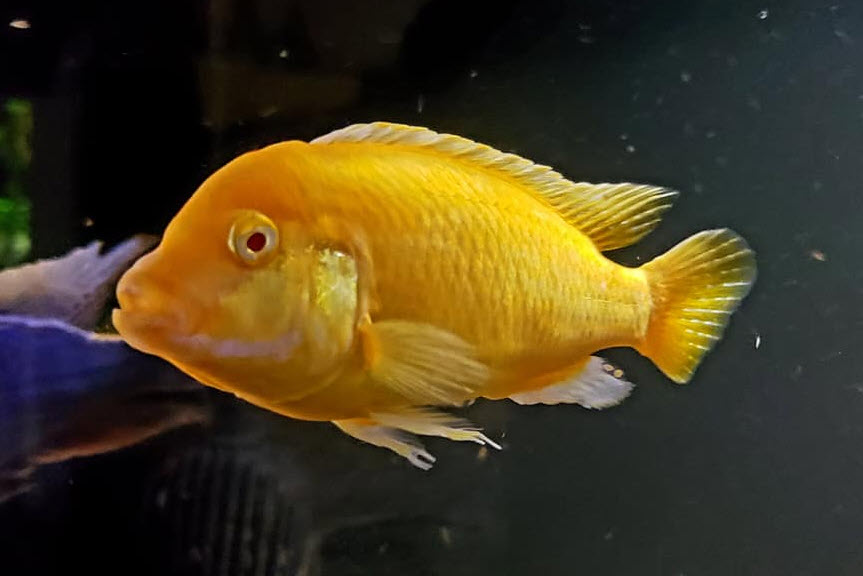
Common to All Ammonia Cycling Methods
Ammonia may rise to 8 ppm and higher over a few days (the exact level depends on the inoculate and the amount of feed). Contrary to popular myth, a level of over 5 ppm or even 20 ppm of ammonia does not stall the cycle. Nitrites may or may not rise to similar levels (tanks commonly cycle without any nitrite showing up).
.
Do no water changes.
.
A water change removes the food the beneficial bacteria are feeding on and growing with. So a water change will stall the cycle. Note this is only true if there are NO fish in the aquarium.
Keep adding ammonia in whatever form you decide to use every day until the measurements of ammonia and nitrites come out with zero ppm measured 24 hours after adding the ammonia. The aquarium has then completely cycled.
But some folks do cycling with ammonia by adding 2 ppm of ammonia to an aquarium and then waiting till the ammonia is reduced to less than 0.5 ppm before adding more (Dr. Tim’s directions). This will work, it just will not give a very robust or sizable colony of beneficial bacteria. If the pH of the aquarium is high (over 8.0), the fish could be in trouble with this method.
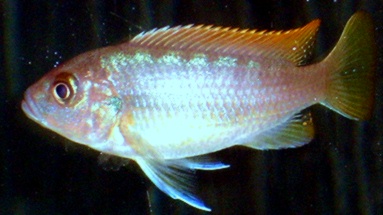
Cycling with Pee
Whenever someone on Facebook asks “what is the best feed for cycling and aquarium”. Someone will say “pee in the tank” And everyone will give a laughing Emoji at the joke. The fact of the matter is urine is a very good way to cycle a tank. When one does a fishless cycle with fish food as the ammonia source we recommend adding some urine at startup to speed things up. Speaking from experience it works!
Human urine can be used to cycle much like liquid ammonia is used. 5 drops per gallon or five teaspoons per 100 gallons per day can be used to cycle an aquarium. Humans urinate urea, not ammonia. But urea is broken down pretty rapidly (like within 2 to 4 days) into ammonia by bacteria in the aquarium, so it acts just like ammonia. The equation is:
CO(NH2)2 (Urea) + H2O + urease → 2NH3 +CO2
The big problem here is that the concentration of urea varies a huge amount depending on how much a human is drinking. This makes it difficult to control. But the average concentration of urea is 2%. 2%/5% = 40%. In turn, 54% of the urea is ammonia. .40 x .54 = 0.216. 1/0.2 = 5. So one needs roughly five times more of urine than 5% cleaning ammonia.
On the plus side, urine contains significant amounts of phosphate, which is something beneficial bacteria need to grow.
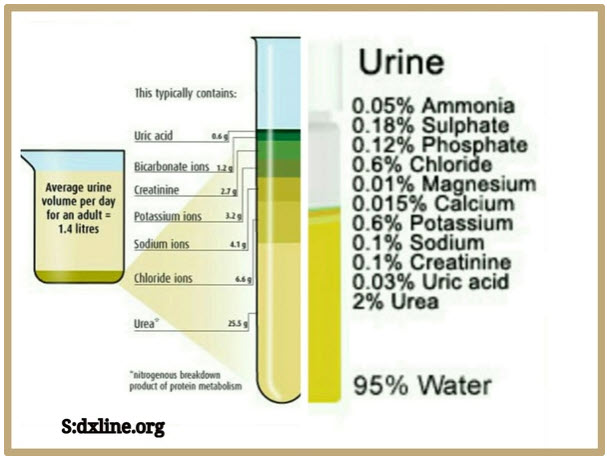
.
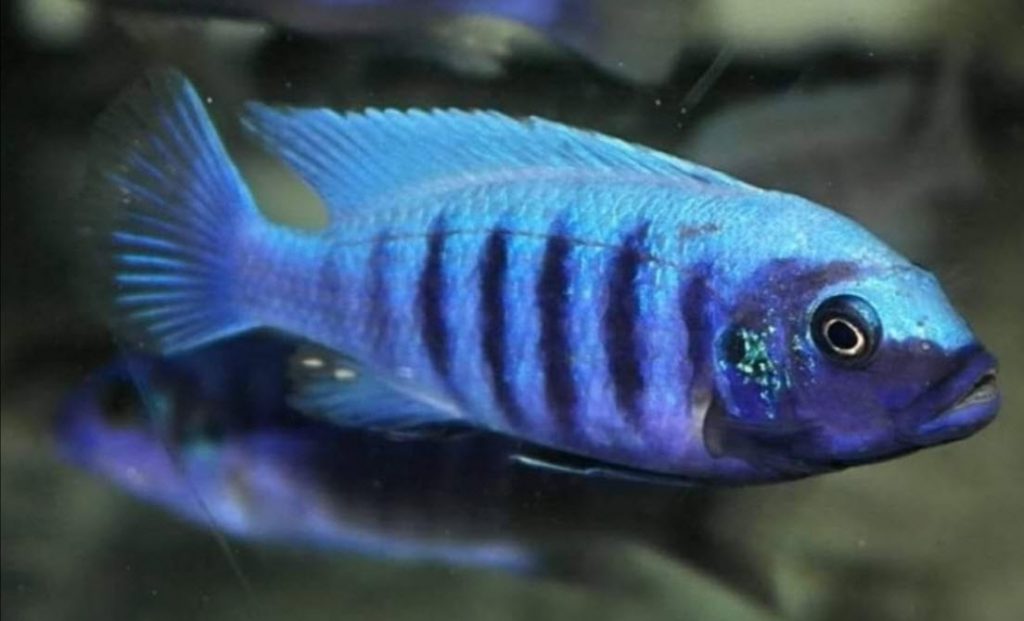
What Research has Revealed About Cycling
Very many university researchers have found the following:
- If one can get the brown squeezings water from an established sponge filter, pour this into the water in the new tank and the cycle will occur in the fastest time possible.
- Phosphate turns out to be very important to beneficial bacteria by testing. So after the aquarium is set up and filled with water add a quarter teaspoon of a phosphate powder (potassium phosphate, sodium phosphate, or any one of several calcium phosphates, or a high phosphate “bloom” fertilizer like Scott’s Super Bloom 12-55-6, Flower Fuel 1-34-32 or Miracle-Gro Bloom Booster 15-30-15) per twenty-five gallons of water.
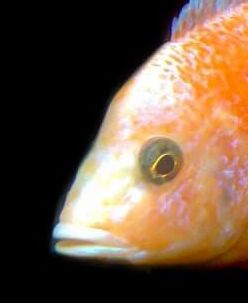
- Good garden soil from the garden or potted plants and composted manure has 19 million beneficial bacteria in one small gram. This is many times more than a whole bottle of store-bought bacteria-in-a-bottle. So a handful of soil or compost will seed a new aquarium about as well as the brown gunk from a sponge filter. Soil and compost thrown into aquarium water do cloud the water, but it clears in a week or two. Note commercial soil mixes from the garden store do NOT work (they are sterilized).
- The pH for cycling should be above 7.0 and MUST be above 6.5.
- Beneficial bacteria do best at a pH of 7.4 to 7.8. with some bicarbonates. So, adding small quantities of baking soda (sodium bicarbonate) per over a period of days speeds up the cycling. One will need to continue to add baking soda to keep the pH up. Adding a bag of crushed coral to the filter is very beneficial to cycling.
- Lots of aeration will both speed up the cycling process and keep the smells down (cycling can be smelly!).
- The optimum level of nutrients for beneficial bacteria growth is 400 to 600 ppm of ammonia and 200 to 400 ppm of nitrite (per no less than 8 papers and two books). So high levels of either ammonia or nitrite do not stall the cycle. But note that if an aquarium has a small filter, or has poor filter media, an ammonia addition over 2 ppm per day can make cycling a very long process.
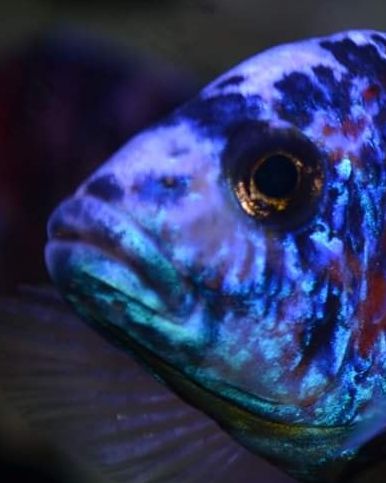
- Beneficial bacteria CAN sometimes incorporate nitrate into their bodies as protein (“assimilatory denitrification”). This can give zero nitrates in a cycled tank. Plants can also give zero nitrates in a cycled tank. Thus the end of cycling is defined as when ammonia has spiked to at least 1.0 and then hits 0.25 or less 24 hours after adding some “feed” (ammonia, food, or urine). If nitrite is present it needs to hit zero before the aquarium is cycled. There does NOT need to be nitrate.
- Nitrate levels are immaterial during cycling. When both ammonia and nitrite go to zero (the official “end” of cycling) do enough of a water change to bring the nitrates to a reasonable level (anywhere from 40 to 160 ppm is a fine goal)
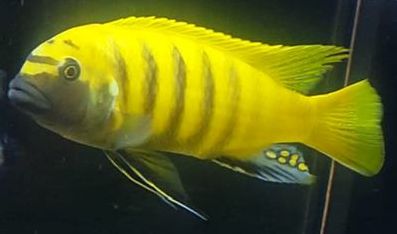
Common Errors
- Once the tank is cycled it is important not to clean the brown gunk out of the filters or to change filter cartridges. “Cycling an aquarium” is an incorrect definition of cycling. One cycles a filter. The brown gunk inside the filter on the filter media is beneficial bacteria. Clean it and the cycle starts all over again.
- Plants remove ammonia, nitrite, and nitrate from the water. Since ammonia and nitrite are required during cycling to feed the beneficial bacterial growth, adding plants to the aquarium during cycling will often prevent the tank from cycling.
- The most common mistake in cycling is to panic and do water changes when the water turns cloudy or green, or the ammonia or nitrite levels rise. Water changes remove the feed for the beneficial bacteria and stop the cycle. One needs to just ignore the cloudiness or the green. For more on that topic click on these links:
6.2.3. Cloudy Water
16.7. Green Water
.
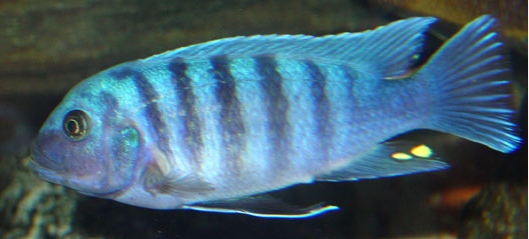
“Snake Oil” Products
There is no use for Prime or other chemical additions during cycling. You can’t “detoxify” ammonia with chemicals. More about that in:
2.9. “Instant Cycling” Chemicals
And there was a test run on eleven different “bacteria-in-a-bottle” which showed they were a waste of money. This link reviews that test:
2.8. Bacteria in a Bottle
This test said that always takes 4 to 6 weeks for both ammonia and nitrite to hit zero with these bacteria-in-a-bottle products. The test said there will be a huge difference in the cycling time when one “seeds” beneficial bacteria (BB) with garden soil, composted manure, or brown gunk from the filter of another aquarium (6 to 12 days for a complete cycle!).
The Math of the Various Methods
Parts Per Million in a 100 and 25-gallon tank
- One gallon weighs 8 x 454 gram = 3,632 grams
- One hundred gallons weighs 363,200 grams
- 363,200 grams/1,000,000 = 0.36 grams
- One part per million in a 100-gallon aquarium is roughly 0.36 gram
- Four parts per million in a 25-gallon tank is 0.36 grams
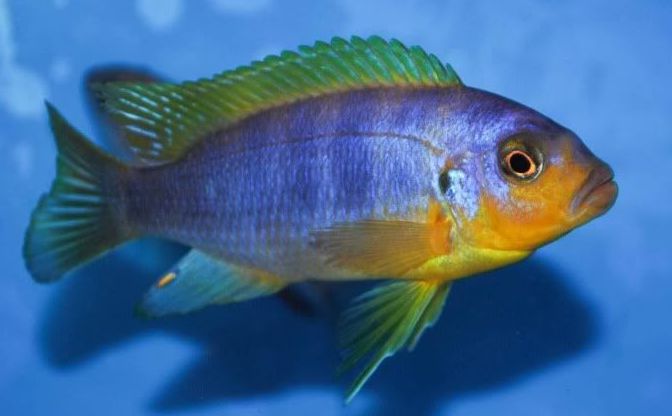
‘
1, Doing the math of the 5% Ammonia Solution
- To get 2 parts per million ammonia in a 25-gallon tank you need 0.18 grams of ammonia or 0.18 x 20 = 3.6 grams of 5% ammonia cleaning solution
- 8/0.05 = 56 drops of cleaning solution for a 25-gallon tank to get 2 ppm.
- So very roughly four drops of 5% ammonia cleaning solution per gallon will give 4 ppm.
‘
2, Doing the math on the solid ammonium chloride addition gives:
- 1 drop of water = 0.05 grams of water
- 1 teaspoon = 5 grams water
- 100 drops in a teaspoon
- 1 cup of water is 227 grams
- Add 58 grams of ammonium chloride then fill a cup with water
- 58/(227-58) = 34.3% ammonium chloride
- ammonium chloride is 17/(17 +36) = 32% ammonia
- to get the amount of ammonium chloride multiply the needed amount of ammonia by 100/32 = 3.1
- To get 4 parts per million ammonia in a 25-gallon tank you need 0.36 grams of ammonia or 0.36 x 3.1 = 1.12 grams of ammonium chloride
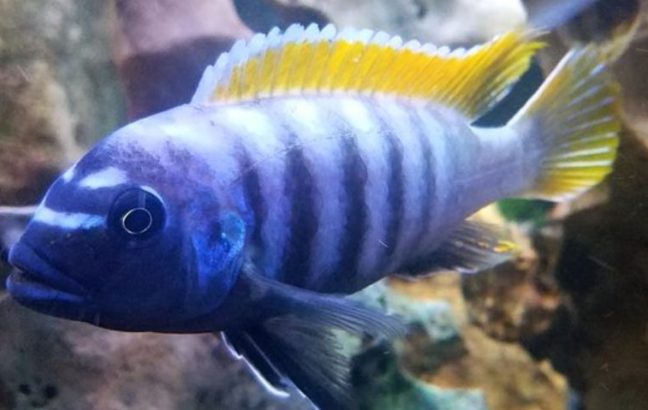
3, Doing the math for ammonium chloride solution gives:
- 1 drop of water = 0.05 grams of water
- 1 teaspoon = 5 grams water
- 100 drops in a teaspoon
- 1 cup of water is 227 grams
- Add 58 grams of ammonium chloride then fill a cup with water
- 58/(227-58) = 34.3% ammonium chloride
- ammonium chloride is 17/(17 +36) = 32% ammonia
- to get the amount of ammonium chloride multiply the needed amount of ammonia by 100/32 = 3.1
- To get 4 parts per million ammonia in a 25-gallon tank you need 0.36 grams of ammonia or 0.36 x 3.1 = 1.12 grams of ammonium chloride
- Using a solution of 34.3% ammonium chloride in a 25-gallon tank will require 0.86 x 100/34.3% = 2.5 grams of solution or
- 25/0.05 = 50 drops to get 4 ppm in a 25-gallon tank, two drops per gallon, and one teaspoon solution to get 4 ppm in a 50-gallon tank.
.
Return to Cycling Menu
.
Aquarium Science Website
The chapters shown below or on the right side in maroon lead to close to 400 articles on all aspects of keeping a freshwater aquarium. These articles have NO links to profit-making sites and are thus unbiased in their recommendations, unlike all the for-profit sites you will find with Google. Bookmark and browse!
.

Anonymous says
i can’t believe i actually peed in my aquarium, and it’s a lot of pee, and a weird angle of course. thank god my family doesn’t seem to know it.
Dave says
85 degrees F is a good optimum for cycling. The speed with which it will all work is largely determined by the inoculate.
William Lamb says
This is the best thing I have read on the Web.
I am currently cycling with household ammonia, recommended amount 15-30-15, Pee (I want to be personally invested in this). I will add some fish food. I have good aeration but have had the aquarium at 72 F. I am currently bumping it up to 80 Deg. If higher is better, that’s what I want to do
What is “your” recommended optimum temperature for cycling?
I am running an exterior filter and a high density sponge filter.
This is day 6 and I have done one Ammonia test (day 5) 4ppm.
If I can get this thing fishworthy in 6 to 8 weeks I will be thrilled.
Anti says
Hello,
I’m planning to establish my first aquarium. I bought ammonium bicarbonate, but it contains sulfites. Is it safe to use?
Also, can I use both ammonia and fish food in order to supply more nutrients?
Thanks….
Dave says
In reply to Cheryl …… Sure, one can just switch over. Not a problem.
Cheryl King says
Hi I absolutely loved the article, thank you!
I started with Dr Tim’s. Heavily planted with aqua soil. After reading, I think I would rather try cycling with fish food. Can I abandon my current method and start with the food? It’s been going for over 2 weeks so far. Ammonia is reading 1 the last 3 days even though I dosed again twice. Nitrite is 5. Thanks!
Dave says
Mel ….. Just keep doing what you’re doing until the nitrite hits zero.
Mel Stone says
Hi I am following your method on how you cycle a tank and thank you for your good advice on your website. I and have a question regarding nitrate levels. I am getting zero or close to zero ammonia reading about a week after starting the cycling, when it was previously at 4-8ppm and have high levels of both nitrite and nitrate for about 3 days now, like off the charts for nitrate. Should I keep dosing with both ammonia and nitrite as recommended daily and is perfectly fine for the nitrate levels to be at 160 ppm, and this can safely keep increasing without impacting the cycle as a whole? I know you have said high nitrites is ok but wasn’t sure about nitrates. I know water changes are not recommended during cycling, but is hard not to think that perhaps the tank has reached its limit, and if nitrates can’t be removed then if I keep adding both ammonia and nitrites that the bacteria is struggling to keep up with this part of the cycle? I have a 120 gallon tank, with medium level of media and substrate from other cycled tank, with large canister filter, lots of airstones, 29 degrees Celsius and ph 8.2.
Dave says
Val — I would supplement with ammonia to get the tank “cycled with beneficial bacteria” as opposed to “cycled with only plants”. Stick with the Normal amounts
Val says
This information is so great, I’ve been trying to get many new hobbyists online that post questions and the more experienced ones with inaccurate information to read these articles, I hope it’s helped them as much as it has for me.
I had sent you a question about plants in my tank via a different article about algae control. At the time I didn’t really think about the effect the plants would have in the cycling process. I wanted to get them in the tank to get started with the rather slow rooting process so I added them as I was filling the tank for the first time.
Will this impact the way I should cycle? I understand it will likely extend the amount of time it takes, which is a bummer but as you said, patience! But should I add more ammonia to try to make sure there’s enough for the bacteria to be fed when factoring in what the plants might use? Do they still use as much when they are newly planted and not yet established?
I did use a good amount of bacteria from a sponge that was loaded with gunk out of my much older 20g tank. I just want to make sure the plants won’t interfere completely. Would any of the other optional chemicals you suggested (or the general effects of the cycling process) be bad for the plants? Should I stick to any certain method or avoid one(s) because of the plants?
Would it be a bad idea to over-dose the tank with ammonia to try to compensate? Or should I just stick with the normal amount and see what happens? What would you do?
Also, sorry for all the questions, I know you may not have an exact answer and that’s fine, just want to understand what the impact of having many plants from the start could be.
Just to emphasize this (also figured this post really could use the extra length!😆):
Thank you a ton, you’re awesome for putting this all together for us, with no affiliate links OR ads, you’re (literally) a life saver to probably a lot more fish than anyone could ever count. You put a lot of time and effort into this, made it robust, easy to understand, and even cited many sources and showed your math, purely out of love for the hobby. It has NOT gone unnoticed. You rock Dave.
Dave says
In reply to Galabar … Sodium nitrite is sold by woodworking hobby sites on the internet. It takes some dedicated searching to find it.
Galabar says
I’ve successfully cycled tanks with household ammonia. However, I’d also like to add nitrite at the same time. This would allow both types of bacteria to grow in parallel. I’m wondering what would be a good source of nitrite.
Dave says
In reply to anonymous … I use the brown water which I squeeze out of an old cycled sponge filter to start all my tanks. The brown gunk can thus settle directly into the new filter, starting it directly. I find it slower to put in an old cycled sponge filter or used media into the new aquarium without squeezing. Read this article for the complete lowdown http://aquariumscience.org/index.php/2-11-inoculate-for-cycling/
Anonymous says
Dumb question, but would putting already cycled filter material from a previous tank into a new tank filter be equivalent to squeezing already cycled water into a new tank.
Dave says
In reply to Rahul …. You are correct as to the phosphate and the urine. And this method normally takes about 30 days to end point, assuming a good inoculate.
Rahul says
So am I correct in calculating
that 3-6ppm phosphate needs to be added as bolus first?
Also, since 4ppm ammonia is the calculated value here
And if we consider urine to be 2 percent urea
( Equivalent to roughly 1 percent ammonia solution)
So if 4 drops /gal of 5% ammonia gives 4ppm
The same would be given by 20 drops urine per gal?
( More if urine is very dilute)
I understand that the range is wide acc to what ppm one intends to achieve..but if it is calculated for 4ppm, then is my calculation correct?
And roughly how many days does it require to cycle like this?
( I take it that the actual end point can be measured by the spike and fall of ammonia)